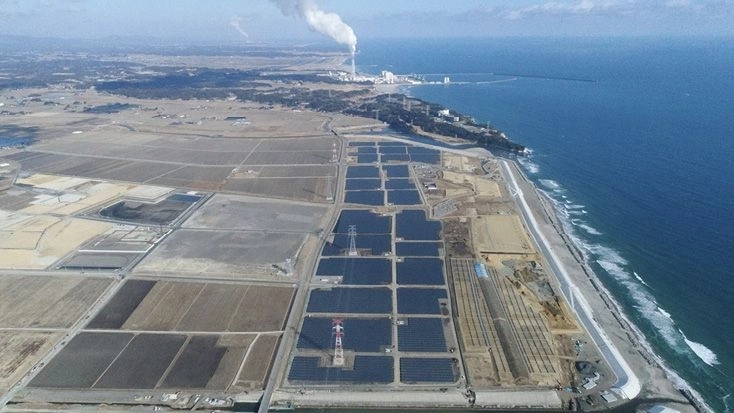A flat year for solar installation numbers in Japan could be seen as positive in a nation switching to new PV business models, writes Izumi Kaizuka, director of research for Japanese solar consultancy RTS Corp.
Japan is estimated to have had a 6.5 GW solar market in 2022, supported by the Ministry of the Environment’s (MoE) feed-in tariff (FIT) and feed-in premium (FIP) programs, which expired at the start of 2022. This capacity is comparable to the volume of solar generation capacity that was deployed in 2021.
With power purchase agreements (PPAs) – for the sale of clean energy to corporate consumers and electricity suppliers – the new approach for renewables developers, the Japanese market is very much in a transition period.
The Japan Photovoltaic Energy Association estimates that the nation shipped 3,536 MW of solar modules from January to September 2022, with 3,520 MW of them shipped to Japanese customers. As the figures do not include Chinese-made imports, it is assumed that installation levels were similar to those recorded in 2021, with imports expected to have dominated the total number of solar panels added in the country.
Japanese companies are stepping up panel recycling and battery reuse, particularly with regards to electric vehicle (EV) batteries. Toyota and power company Jera are developing stationary storage featuring used EV batteries, while Tesla Motors is about to enter Japan’s grid-scale energy storage market.
Solar is expected to supply 14% to 16% of Japan’s energy mix in fiscal year 2030, with a target PV generation capacity of 117.6 GW (AC). Japan introduced its Sixth Strategic Energy Plan and the Plan for Global Warming Countermeasures in 2022, with prime minister Fumio Kishida chairing the GX (Green Transformation) Implementation Council. The energy policy emphasis will be on renewables and nuclear with the former to make up 36% to 38% of the power mix in 2030.

Municipalities are setting their own renewables targets, allocating clean energy sites, installing panels on public buildings, and offering subsidies. The Tokyo Metropolitan Government (TMG) is set to mandate solar on newly built houses from fiscal year 2025 and Kawasaki, in Kanagawa prefecture, plans to follow suit.
The Ministry of Economy, Trade, and Industry (METI); the MoE; and fellow public body the New Energy and Industrial Technology Development Organization are installing PV demonstration projects. METI is also demonstrating solar-plus-storage for grid balancing purposes.
In 2021, some 50 companies, including electric utilities and virtual power plant operators, demonstrated clean power aggregation as part of three projects. The two government departments are working on net-zero-energy buildings and the MoE’s solar reuse and recycling program includes a demo project to collect residential solar panels in Saitama prefecture, which has the second-largest installed capacity of systems in Japan.
Part of the article excerpted from the network, infringement contact deleted.